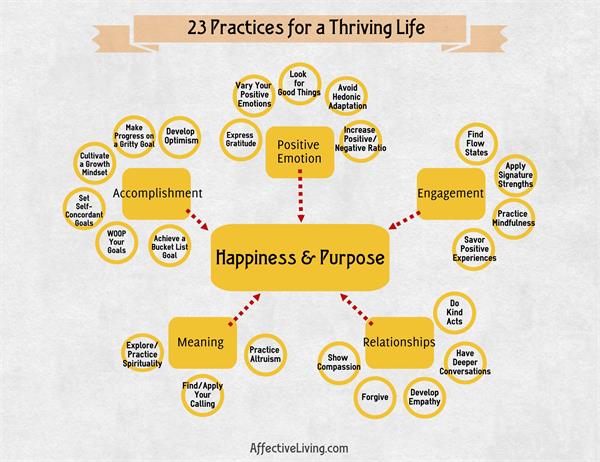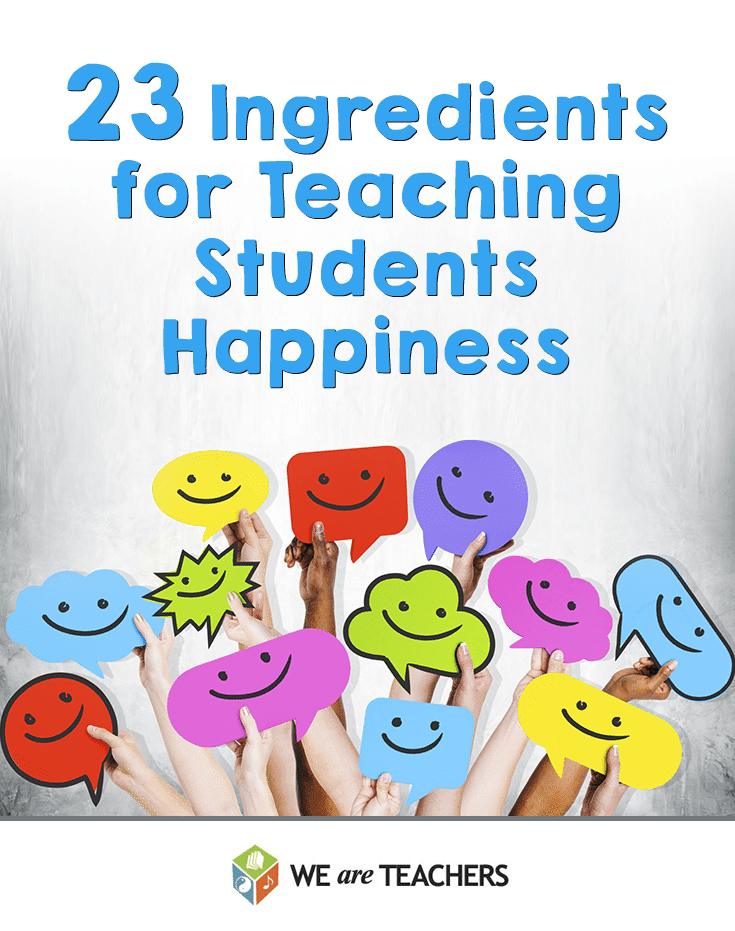“Why do people go to school?” This is one of my favorite questions to ask my students.
“Because we have to,” is usually the first thing I hear.
But they know my response to what I call “have-to-ism:” You don’t have to do anything, except make choices. You don’t have to follow the law – as evidenced by the many students who choose not to come to school. So, my students go deeper.
“So I don’t get grounded.”
“Okay, why do you care about getting grounded?”
“Um, because it’s terrible and no fun?”
“Okay. Hold on to that answer. Let’s hear some other reasons.”
“So I can go to college.”
“Why do people go to college?”
“To get a good job.”
“Why do people work hard to get good jobs?”
“So they can make good money.”
“Why do people want to make money?”
“So they can buy stuff and do stuff they like.”
“Why do people care so much about buying stuff and doing stuff?”
“Because it makes them happy.”
Ding ding ding! We’ve arrived at an end point. Happiness. Most students spend hours and years in school in the hopes of this end goal. We invest tremendous amounts of time and energy throughout our entire lives into this one major goal: To live a life of happiness and purpose.
We dive deeper, discussing various other things humans do, putting those things to the happiness test. Why do we go on social media? To connect with people or laugh or engage in conversation because . . . it should make us happy.
Almost everything humans do has this same end goal: To live a life of happiness and purpose. One could even argue that behaviors that limit or avoid pain are also about achieving happiness. We want to avoid being grounded because this punishment restricts happy and meaningful opportunities.
Apply this to your own life. Why do you teach? Happiness and meaning. Even filling out annoying paperwork or attending monotonous meetings is our way of avoiding punishment that prohibits our happiness and sense of purpose.
If happiness is so important to all of us, why aren’t we practicing and teaching happiness and meaning directly?
Consider this a call-to-action. Let’s teach the qualities, habits, and practices that create a happy, meaningful life. Sound nebulous?It’s not.
I think we can teach happiness and purpose the way we teach any other subject or skill: We identify best practices, teach conceptual ideas to students, and coach and provide feedback on student experience and understanding.
Here are 23 practices for a thriving life, concepts that I have pulled from research and taught directly to hundreds of students. Each of these practices can be interwoven into our classrooms periodically, or taught directly as a class.
Each practice is grouped around renowned psychology professor Martin Seligman’s Well-being Theory, which he breaks up into five elements: PERMA, or Positive Emotion, Engagement, Relationships, Meaning, and Accomplishment. Seligman, who many credit with increasing our understanding and interest in concepts of positive psychology, considers these five components to be the building blocks to overall well-being.

Positive Emotion
2. Vary your positive emotions.
3. Look for good things in life.
5. Improve your positive/negative ratio.
Engagement
6. Find flow states.
9. Savor positive experiences.
Relationships
10. Do kind acts.
11. Have deeper conversations.
12. Develop empathy.
13. Forgive.
14. Show compassion.
Meaning
15. Practice altruism.
16. Find and apply your calling.
17. Explore and practice spirituality.
Accomplishment
18. Achieve a bucket list goal.
19. Set self-concordant goals.
20. Cultivate a growth mindset.
21. Make progress on a gritty goal.
22. Develop an optimistic explanatory style.
Click on any of the links above to learn more. You can even take a survey to better understand the extent to which you experience concepts of PERMA in your life.
This is part one in a series on nurturing thriving learners from AffectiveLiving and WeAreTeachers. Stay tuned as we dive deeper into each of these 23 practices and outline lessons to teach them. By teaching these concepts directly, we can propel our students – and ourselves – toward lives of happiness and purpose.


